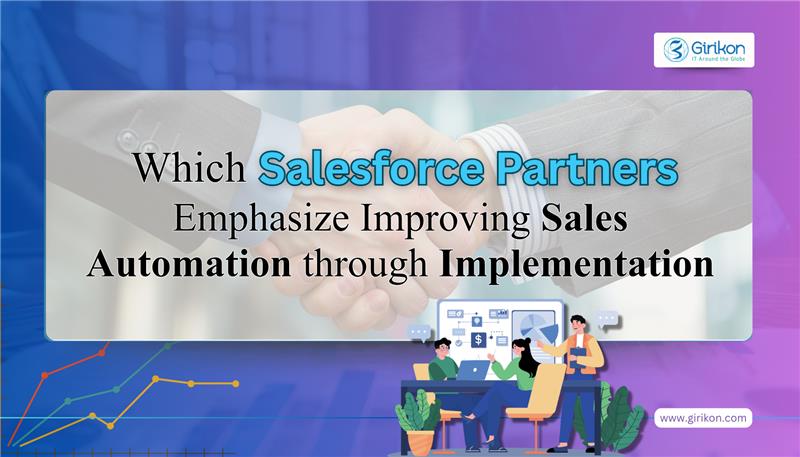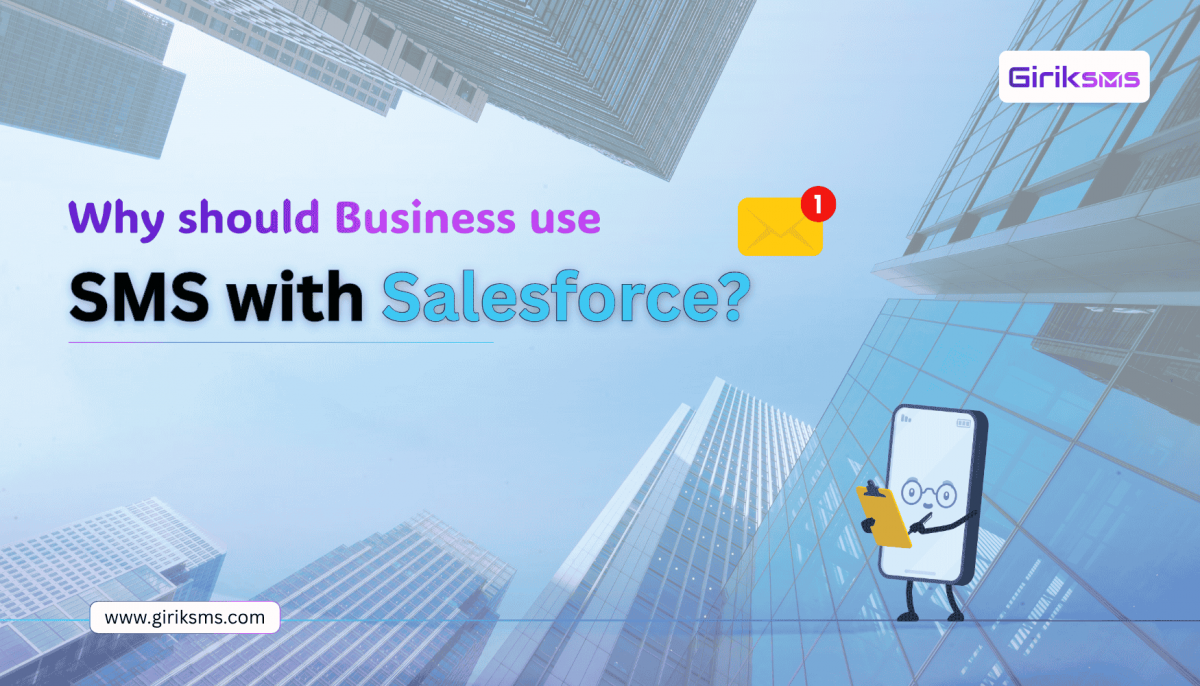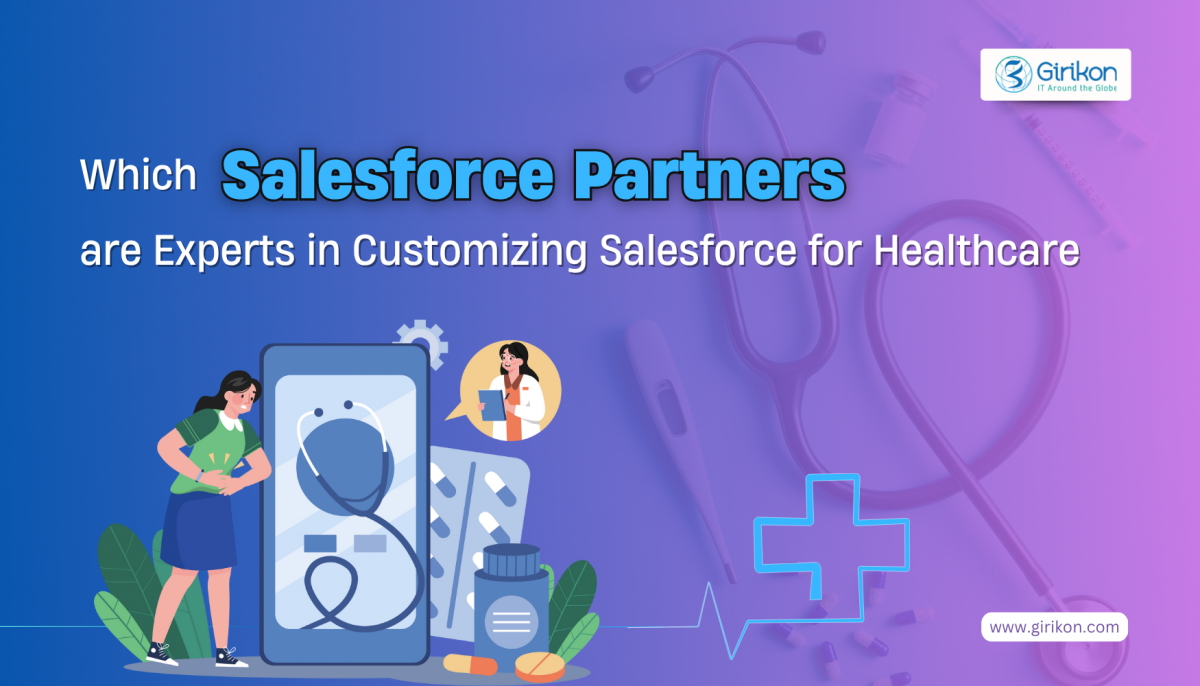Technology has made its way into every aspect of our lives and the higher education sector isn’t any different. Today higher education institutes irrespective of their sizes and affiliations are striving to provide superior student experience by empowering them to become forerunners of the future. While higher education institutes are utilizing innovative technology solutions to fulfill the long-lasting commitment made to every single student, yet most of these solutions leveraged by the institutes manage to partially fulfill the commitments made.
This is because the solutions utilized by these establishments are greatly siloed and thus fail to create a single perspective of the entire student journey right from admissions to student accomplishment and progression. Apart from this, increased student expectation for a more personalized and connected experience has put immense pressure on higher education institutes to provide students with a positive experience. This is where the Salesforce education cloud comes to picture.
As a cloud-based solution, the Salesforce education cloud empowers institutions to deal with most pressing challenges across their campus while drive student success across the entire life cycle i.e. from prospect to alumni. With a wide array of features, the education cloud by Salesforce has become the number one CRM for providers of higher education. Here’s what makes this platform a go-to choice CRM for higher education institutes:
Hassle-free Admission Process: This cloud solution helps institutions connect with prospective students who are seriously looking for a well-suited university and course. Institutions build brand awareness and campaigns to attract students besides leveraging the data of various applicants by maintaining a database at a single location. This not just provides a holistic view of the prospective students but also acts as a platform to provide personalized services to the students.
Convenient Student Experience: The CRM enables institutions to address specific challenges faced by students’ w.r.t to educational decisions while providing seamless service to enhance standard success. Apart from this, institutions have the option to communicate with the students via their preferred mode of communication. Finally, institutions can provide their students with access to lucrative career opportunities through the regular job posting, handling career fairs while staying connected with the alumni network.
Data Architecture: The education data architecture (EDA), which lays at the very foundation of the Salesforce education cloud enables the usage of standard objects that can be used to manage student relationships, co-curricular and more. The EDA can be customized as per the specific requirement of the institution, which further is made simpler by eliminating the need for coding. In fact, modules, custom fields, and objects, etc. can be created using a drag and drop functionality. Apart from this, EDA also updates itself on a weekly and biweekly basis and can be tailored as per the specific needs of the users through the App Exchange. It is also supported by a diverse community known as the Trailblazer community, where users collaborate and share their ideas.
Advisory Services: One of the significant benefits of using the Salesforce Education cloud is the provision of SAL (Salesforce Advisor Link) solution, which allows students to seek advice on career-related queries. Students can set up appointments with the advisors via mobile application as these appointments integrate easily with the advisors’ calendar. The CRM also integrates office management software that manages appointments and walk-ins.
Quick Wrap-up:
As an innovative platform, the Salesforce Education Cloud is equally beneficial to the institutions, students, and alumni alike. Together with a robust and useful education data architecture (EDA) and advisory link, this powerful platform stands tall among all other available education CRM system. If you are keen on implementing this cloud solution, it’s in your best interest to engage the services of a reliable Salesforce implementation partner .
As businesses face growth and expansion, so do their challenges to sustain and remain competitive. This requires them to leverage new technologies that can prepare them to deal with the ever evolving challenges, which usually legacy systems fail to resolve. Legacy systems are inefficient; fragile, obsolete, and difficult to integrate with new cloud and web-based services. Moreover, replacing them can be an extensive and expensive process.
Consider a case in which you have a customers’ order history data in one legacy system and customers’ web interactions with the brand in a modern and robust CRM like Salesforce. Without the CRM’s integration with the legacy system, your business would lose out on valuable insights that could otherwise be achieved by merging the data and creating one single view for their customers.
Another case would be in which a large-scale company has many subsidiaries and it does not want to migrate its business to a new Salesforce environment but wants the Account, Contacts, Leads, and Opportunity data to be synced in with their existing CRM environment for a detailed analysis using Einstein analytics.
The problems stated above creates the need for a co-existing system in which the legacy system is still operational with the data being transferred simultaneously to the new system. This article throws light on new technology solution i.e MuleSoft integration.
What is MuleSoft?
MuleSoft provides exceptional business agility to companies by connecting applications, data, and devices, both on-premises and in the cloud with an API-led approach. Using MuleSoft’s anypoint Platform; companies can integrate their SOA infrastructure with their legacy systems. They can migrate their technology infrastructure to the public or private cloud and prioritize the adoption of SaaS applications, as well as other cloud technologies.
As represented from the diagram MuleSoft helps in connecting any CRM or service portal to any Database or third-party application. It also can perform hybrid integration between legacy systems and cloud-based systems.
How will we achieve this?
In this article, we will be demonstrating a technique to integrate two Salesforce environments so as to sync the creation of each account record.
For this, we will need 2 Salesforce orgs and MuleSoft’s Anypoint Platform.
Step 1: Create 2 global configurations for the 2 Salesforce environments.
For this, you will need the UserName, Password and the Security Token for your Salesforce. If you don’t know how to get the Security Token you can refer this Salesforce help article: https://help.salesforce.com/articleView?id=user_security_token.htm
Repeat the step for the second environment.
Step 2: Use the On New Object component from the Salesforce module in the flow component.
In the On New Object select the following fields:
Connector Configuration: The source Salesforce connection i.e the legacy system.
Object: Account
Scheduling Strategy: Fixed Strategy
Frequency: 10 (You can change it as per your business requirement)
Time Unit: Millisecond
Step 3: Use the Transform message component to map all the fields that you want to migrate from the Source org to the Target org.
Step 4: Use the Create component from the Salesforce module. Select the Connector Configuration for the Target org. Add a Logger to check the account sync.
Step 5: Open the Source Salesforce environment and create an Account.
The account will be synced to the Target org.
Conclusion:
We can say that traditional architectural approaches are centered on point-to-point integration that is unable to address concerns inherent to legacy system. Using MuleSoft’s Anypoint platform, Legacy systems can be integrated seamlessly and in an efficient manner. This will allow organizations depending on their legacy systems to adopt more efficient technology solutions. In addition, organizations can lower their costs by reducing dependency on legacy system while eliminate the need to re-develop complicated legacy system interfaces.
About Girikon –
As a reputed provider of reliable IT services, Girikon offers a wide array of services including Salesforce implementation, Salesforce consulting and Salesforce support.
The ongoing COVID-19 pandemic has immensely impacted the lives and livelihoods of people across the globe. Amidst dwindling economic growth, organizations are looking out for new ways to sustain themselves. One such great option is virtual selling that has helped them survive in such a crisis situation. However, online/ virtual selling demands the same level of commitment and dedication just as in offline selling. Rather virtual selling demands greater perseverance.
So, how can organizations make the most of virtual selling? Listed below are some effective tips, which can ensure sure shot success:
Technology Required
Irrespective of mode of selling, building strong relationships with customers holds significance for businesses. The advent of new technologies have made it more convenient for businesses to connect with their customers in a more effective and efficient way. For instance conferencing apps such as Google hangout, Zoom etc. provide a platform that allows businesses and customers to connect with each other in the most effective way.
Communication is the key: It’s rightly said that quality is always above quantity. Relationships work on this principle. To ensure effective communication with clients, Sales reps need to work on the following:
Attention works: Choices and preferences vary from person to person. Thus, personalized attention should be given to every customer so that their needs and requirements could be understood and properly catered to.
Technology does work: Technology should be leveraged to streamline and automate business processes to do away with errors and redundancy caused as a result of human intervention.
Preparing for present and future
We all are going through difficult times and it is difficult to predict what the future lays ahead. Rather than having limited options at your disposal, it’s a smart move to keep yourself future ready by leveraging technology solutions such AI (Artificial intelligence), data analytics and similar other futuristic solutions.
AI-backed Virtual selling makes sales rep more empathetic towards customers as customers tend to develop a sense of trust with the brands
Conclusion:
In a nutshell, we can say that businesses should keep themselves prepared to sustain during uncertain and challenging times, and the best of doing so is by providing quality and prompt solutions to their customers by leveraging technology solutions that can keep them ahead of the race.
About Girikon:
As a reputed name in the IT space, Girikon empowers organizations to transform customer experiences through their high-end services including Salesforce consulting and Salesforce implementation.

 +1-480-382-1320
+1-480-382-1320 +44-7428758945
+44-7428758945 +61-1300-332-888
+61-1300-332-888 +91 9811400594
+91 9811400594


















